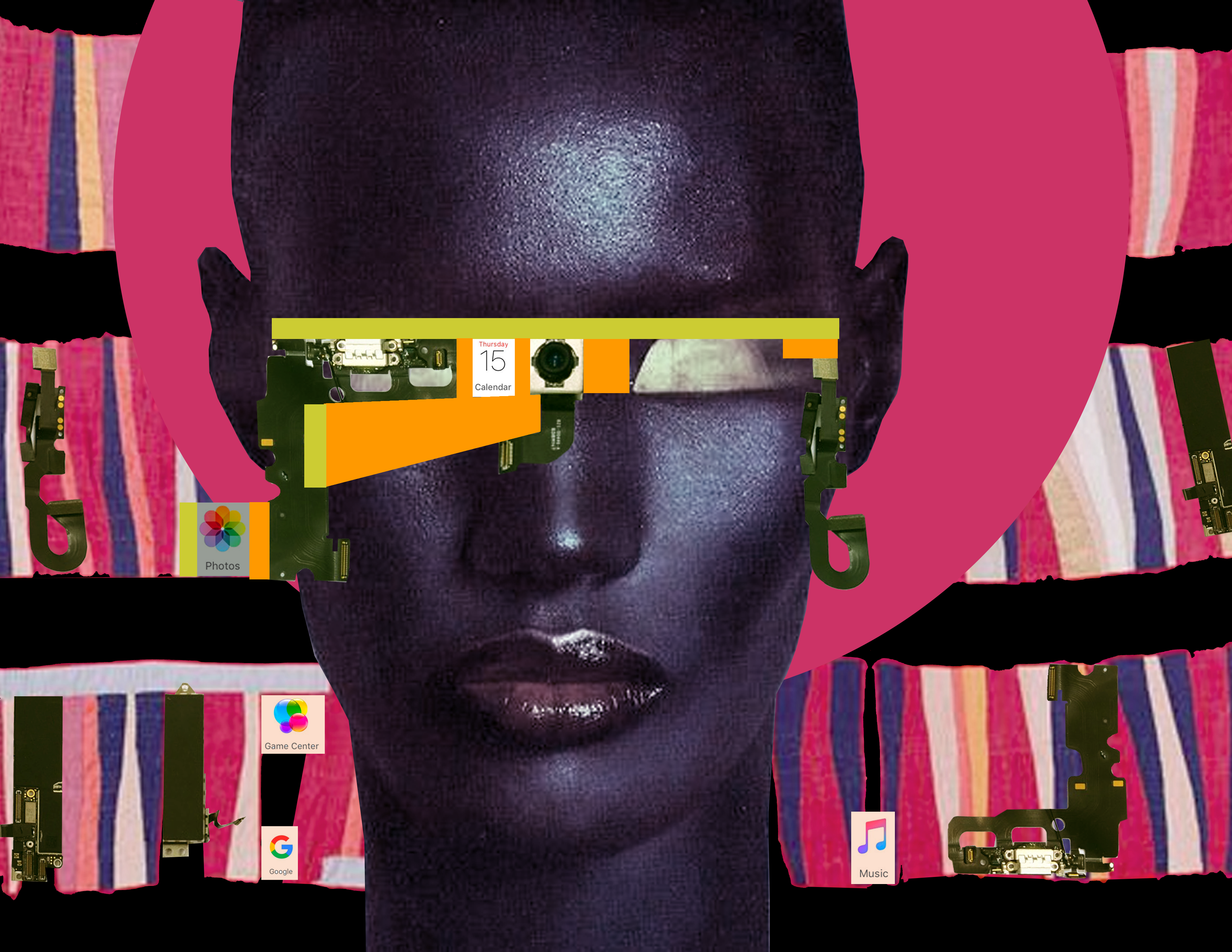

Twenty-six-nineteen is an Afrofuturist remix of computing in the anthropocene. The project begins with the critique that both computing and the anthropocene are often told as a single story, one that ignores the multitude of origins and experiences related to each. For example, concerns about climate change and computing waste often overlook the unbalanced impact of e-waste and the slow crisis that emerges from pollution and toxicity related to it. Additionally, definitions that date the Anthropocene to the mid-20th century, fail to consider the multitude of anthropocenic experiences that predate this period, such as those associated with colonization. Remixing is used to resist the single story instead building on multiple origins and experiences. We interpret remixing as both a technique and a broader project. As a technique, it is a process of gathering and curating by sourcing elements from other works, editing, recombination, and adding new components. As a project, remixing is a repositioning of our conceptions of computing itself.
This work encourages anyone who is interested in the intersection of Afrofuturism and the Anthropocene to ponder on possible futures. We envision this project as an interdisciplinary work, and a space where practitioners from a myriad of disciplines are welcome to engage with the ideas presented. The aim isn't to provide a primer on the themes that we engage with here, but please reference the curation of images, texts, and videos that we have sampled in this project as an entry point. For those interested in foundational Afrofuturist texts, see Afrofuturism: The World of Black Sci-Fi and Fantasy Culture written by Ytasha Womack, Afrofuturism 2.0: The Rise of Astro-Blackness written by Reynaldo Anderson and colleagues, Octavia’s Brood: Science Fiction Stories From Social Justice Movements written by Adrienne Marie Brown (visit the Literature tab).
The site is a mixtape. It imagines the world of twenty-six-nineteen as a future that spurs from these other origins and anthropocentric stories. Remixing occurs in multiple ways. We build on the taxonomies of remixing that Banks and Navas discuss: extension, selective versioning, and the reflective remix to reconsider computing and the anthropocene in the past, present, and future. Like DJ mixtapes, the remixing is layered with references, narratives, and positions that seek to extend Afrofuturism-the-project and present new ideas about the design of technology. The library is like the DJ crates, full of material that can be sampled in a remix. The text is remixed through a sampling of literature composed with new strings of text created by us. The collage images pull from meaningful references that are at the center of the ideas explored through each track. And the prototypes themselves employ techniques of remixing, both contextually and materially.
*This project began as part of work for Carl DiSalvo’s “Design, Computing, and the Anthropocene” course at Georgia Tech in Spring 2020. Additional information about the course and the projects see the Twenty-Six-Nineteen Medium article.